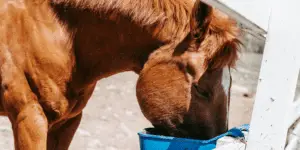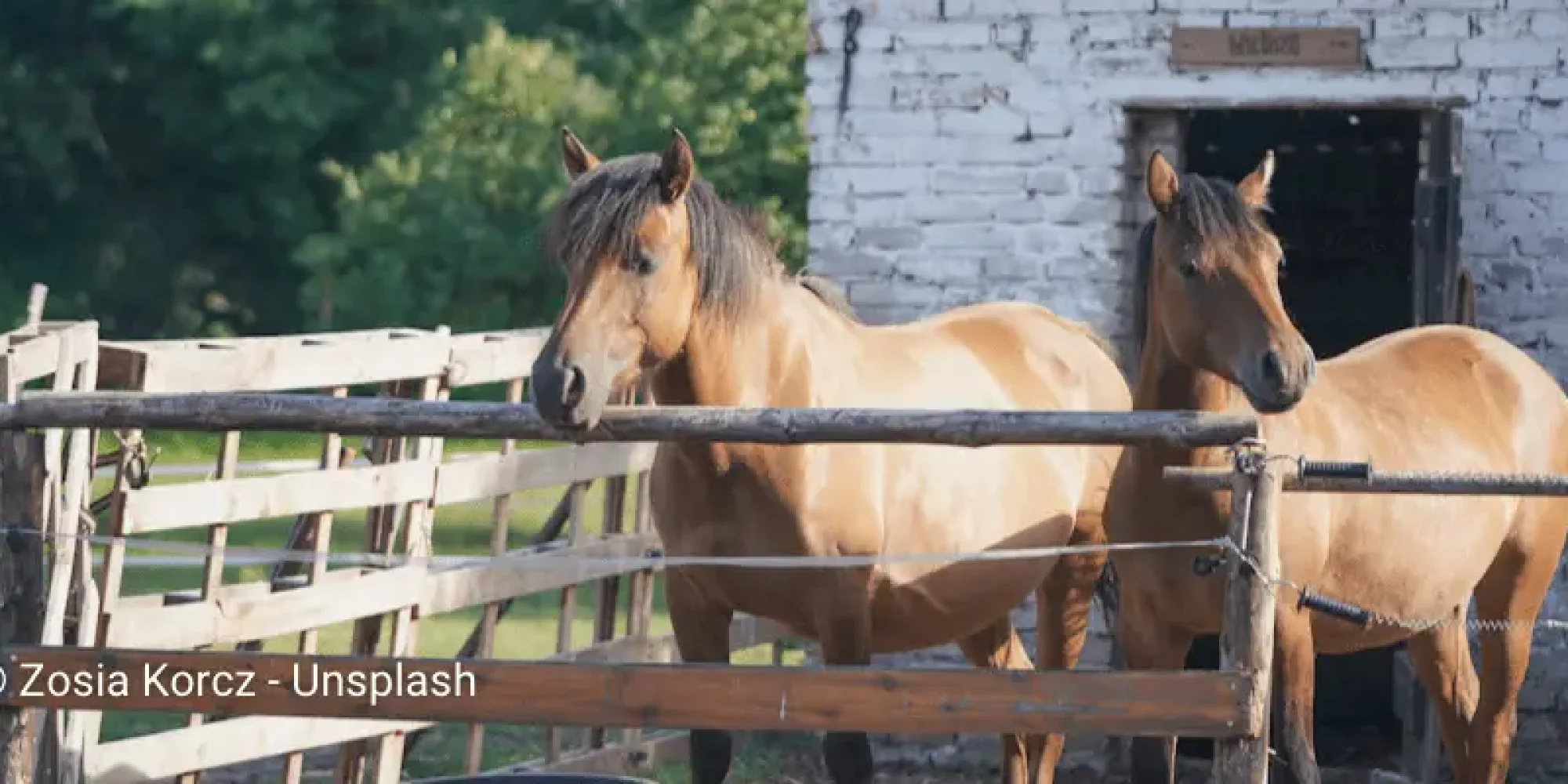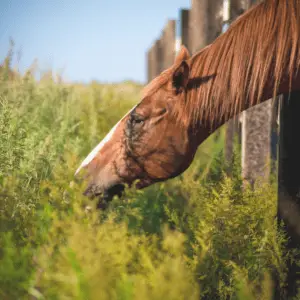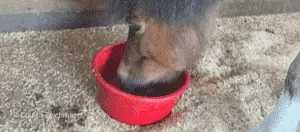
Which Minerals Should I Feed My Horse?
Minerals are of vital importance for horses to ensure health and optimal performance. They play

Tree Bark and Shrubs are part of the usual diet of wild horses, ponies and burros but are often disregarded for the average domestic horse. Most horses have constant access to hay and grass but rarely wood, which leads to them chewing on fencing or anything else that’s wooden. Especially in autumn, horses crave food high in fiber and that is exactly what bark and shrubs offer them.
First and foremost, trees and bushes are wonderful for a long feed intake time as well as fast satiation and low energy intake at the same time. They are therefore particularly useful when feeding horses that have a rationed roughage intake and should eat slowly over the course of the entire day. Due to the hard structure, horses chew on a kilo of wood about three times longer than on a kilo of hay. The ingested fibers satiate the horse faster than hay only.
The main component of wooden plants is cellulose, which helps produce energy. Another component is lignin. Horses can digest up to 20% of it, donkeys and mules even more. For this reason, donkeys and mules can tolerate wooden food in an even higher ration, that can replace a third of their food intake. For horses, an upper limit of 2-4g per kg of body mass is recommended. This is the common amount that horses will still ingest if they already have a one-third straw and two-thirds hay ration available. Nevertheless, you should always keep a close eye on your horses, because in rare cases, extreme amounts of intake can occur. To prevent this from happening, wood should never be the only feed available. It is theoretically possible to supply a horse with everything purely through trees and bushes, BUT more variety is healthier and should be offered when available!
Normally horses only eat the bark of trees. The pith, which is in the middle of the tree, is poisonous and should not be offered. Horses do avoid this by themselves if they freely snack on trees.
Willow, birch, elm, linden, fruit trees (without fruit), alder, hornbeam, hazelnut, red hawthorn, hawthorn, ash, sea buckthorn, poplar, sloe, wild pear, currant, gooseberry, rose family (Except for the Helleborus niger and peony!), rock pear, chokeberry, dogwood, rose mallow, cherry trees.
Sweet chestnut, forsythia, wig shrub, walnut, elderberry, summer lilac and sycamore maple. The typical poisonous plants such as arborvitae, yew, boxwood and Co. are not to be fed.
Conifers should be considered individually, since they have a high content of essential oils they can can cause problems for sensitive horses.
Anomalies:
It is best to avoid oak, beech and fruit trees during the fruit drop, since you won’t know how high the intake is. You can put a fence around them to keep your horse from getting close.
In general, it has a positive effect on all healthy horses. Old and thin horses need more energy-rich feed and not necessarily a satiator to build up fat. Therefore, wood should not be a main part of their regular ration but rather an add-on to keep them busy. Horses with dental problems cannot chew the wood properly and it can cause blockages in the esophagus and digestive tract, so it is not suitable for them either. Due to their high content of essential oils, coniferous wood is not recommended, especially for horses that have a sensitive stomach, are sick or pre-diseased, as well as pregnant horses.
Most cheap Christmas trees get doused in pesticides and grow on large monoculture plantations. So they are not suitable for horses in any case. Organic trees that might carry an insect or two are more suitable but only in small quantities due to the many essential oils.
You can offer one christmas tree for several horses after the christmas season is over, but keep it to a low number and do not feed them a new tree every other week.
You can easily cut branches yourself and place them in the paddock for the horses to enjoy. However, you need to pay attention to a few things. In the best case, you have your own property or are at a stable, at which appropriate trees grow. Inside the city you can contact garden associations, who want to get rid of their green cut often, just make sure to ask which plants they cut beforehand.
Having suitable trees right by the stable is probably the best and easiest option. Planting trees yourself to be able to use them later is also possible and additionally a good deed for the environment.
The more varied the vegetation on the horse, the higher the existing biodiversity, which can also have an effect on the health of the horses. Trees and shrubs provide natural protection from the weather, such as shade during sunny days or a leafy roof during rain storms. If they are also crops, they can even be harvested and used by the owners. Trees and shrubs in the field and around the stable have many advantages.
Learn more about how to feed your horse in the Happie Horse App!
Download the app and try all premium features 7 days for free!

Minerals are of vital importance for horses to ensure health and optimal performance. They play

Expert Advice: Kim Lina Pethahn, an independent feed consultant, wrote this article. Common Symptoms and

Expert Advice: Kim Lina Pethahn, an independent feed consultant, wrote this article. Offering the Necessities

Vitamins are not only important for us humans, but also for your horse. That’s why

Expert Advice: Kim Lina Pethahn, an independent feed consultant, wrote this article. The Nutritional Benefits

Expert Advice: Kim Lina Pethahn, an independent feed consultant, wrote this article. The Best Type